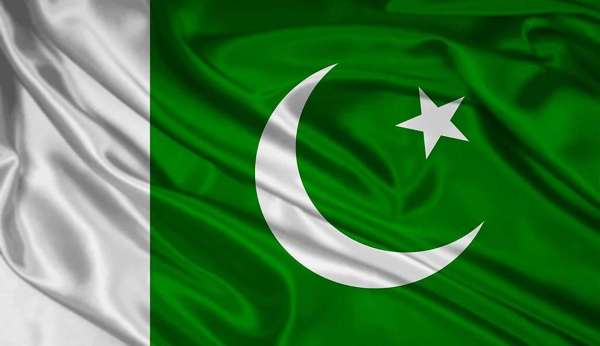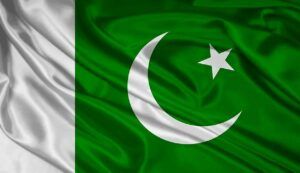
Pakistan: For middle-class and lower-class citizens in Pakistan’s main cities, especially Karachi, public transportation—including coaches, minibuses, and buses—is an essential means of transportation. However, the lack of basic facilities like fans and drinking water makes using public transportation in hot weather intolerably miserable.

The stifling atmosphere aboard crammed buses is made worse by the poor condition of many of the vehicles, including damaged windows that let in direct sunlight.
According to The Express Tribune, these unpleasant circumstances have made frequent travelers angry since they believe they are paying expensive rates without getting the amenities they need.
A 4-L bus rider named Gul Nawaz spoke about his regular commute to a clothing business close to Jamiya Cloth Market.
In the hot weather, he said, bus travel has grown more challenging because of the absence of windows, which makes the inside of the bus very hot. Similarly, Momina Bibi, who lives in Shireen Jinnah Colony, commutes to work in the S.I.T.E Area using the N-4 Mazda minibus.
She urged the government to address the declining condition of Pakistani public transportation, pointing out that these cars are badly maintained and lack fans, drinking water, and even adequate seats.
Public buses and minibuses used to be well-maintained, with fans and working windows to guarantee that passengers had a pleasant ride, according to Professor Dr. Noman Ahmed, Professor and Dean of the Faculty of Architecture and Sciences at NED University.
He blamed the deterioration in quality on financial difficulties that have made transport operators hesitant to upgrade their current fleets or make new investments.
Many transport operators are reluctant to invest in new vehicles due to changing fuel prices and increased operating expenses, according to Waheed Khan, owner of the W-11 minibus that runs between New Karachi and Kemari.
As a consequence of this, there are now fewer cars available, giving passengers fewer choices and no basic amenities in the few that are left.
According to Mujahid Colony-based electrician and fan supplier Zeeshan Shah, the price of installing fans in public transportation vehicles varies from Rs650 to Rs1,500, depending on the quality. According to him, adding 15 to 20 fans to each car will help passengers travel more comfortably in hot weather.
Public transport has long been the main means of transportation for Pakistan’s middle-class and lower-class populations, according to Suleman Ahmed, manager of a transport firm at Tower.
On the other hand, the number of public transportation choices has significantly decreased. Due to the fact that growing fuel costs have resulted in tariff hikes of 25 to 30 percent over the last two years, he said private sector investors are hesitant to invest in public transportation. At the moment, minibus and coach costs range from Rs40 to Rs70 or more, while bus fares range from Rs30 to Rs60.
The Karachi Transport Union’s Acting President, Haji Tawab Khan, said that there used to be more than 300 bus, minibus, and coach lines in operation. Only 60 to 65 routes are still in use today, however.
Bus routes normally span 20 to 25 kilometers, whereas minibus and coach routes often cover a maximum of 50 to 60 kilometers. The F-11 and Ilyas Coach are the longest routes still in use; they each go more than 30 kilometers, from Manghopir to Cattle Colony and from Baldia Town to Cattle Colony, respectively.
The public was reassured by a representative of the Sindh Transport and Mass Transit Department that initiatives are in progress to increase the number of new buses in the fleet and implement changes meant to enhance Pakistan’s current public transportation system.